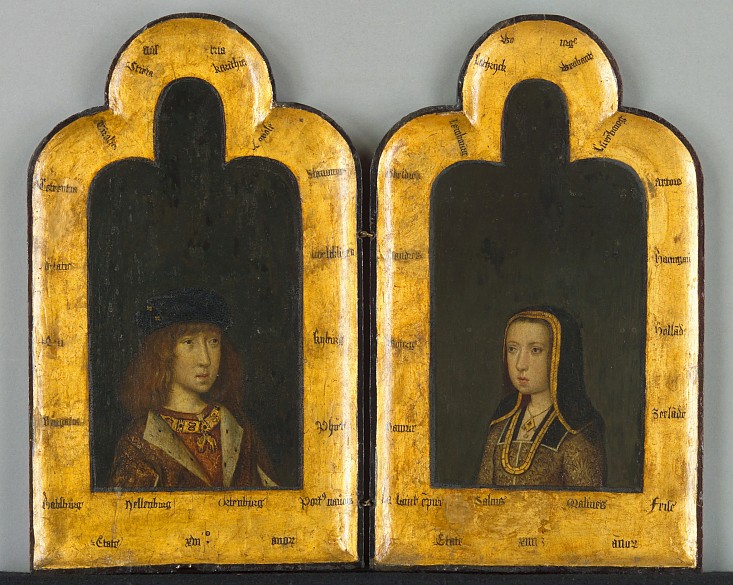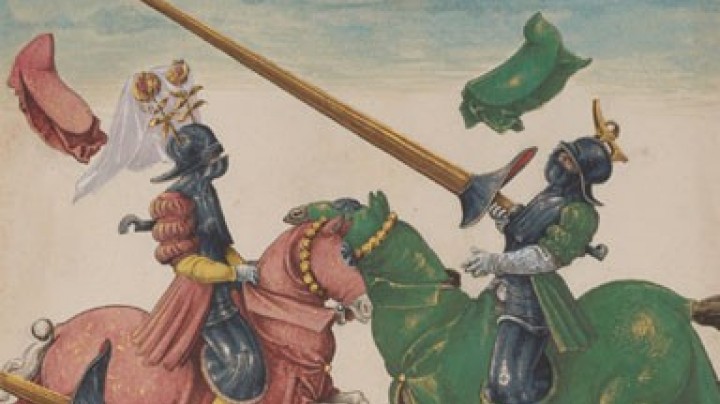Philip the Fair: a child as guarantor of the cohesion of Burgundy
Born in Bruges on 22 June 1478, Philip was the son of Maximilian I and Mary, heiress to the dukes of Burgundy. The birth of a boy as the future sovereign of the duchy was important to the consolidation of Habsburg rule in the territories newly acquired through the marriage of Philip’s parents.
This was a difficult time for the patchwork of ethnically and culturally varied territories that had been united by the up-and-coming Burgundian dukes only a few generations previously. After the extinction of the dynasty the Burgundian realm threatened to collapse in the face of claims made by various princes. Foremost among these were the French kings from the House of Valois, who demanded the cession of territory. The Burgundian dukes came from a collateral line of the French royal family and some of their territories were fiefs of the French crown. Maximilian justified his claim through his marriage to Mary, the daughter of the last duke of Burgundy, Charles the Bold. However, he was rejected in the Burgundian territories as a foreigner.
Maximilian’s weak position was demonstrated after Mary’s sudden death in 1482, when the Estates of the Burgundian territories refused to accept him as the tutelary regent of his son Philip and thus to recognize him as their sovereign. In parts of the land open revolts against Maximilian broke out.
The five-year-old Philip was eventually accepted as sovereign in 1483. The regency was to be exercised by a council composed of nobles and representatives of the wealthy cities, and the child sovereign was to be brought up under the aegis of the city council of Ghent. The ruling council’s decision was taken to ensure that he would not be exploited by his father for political purposes.
However, Maximilian refused to recognize this decision. After successfully subjugating the city of Ghent in 1485, he had Philip taken to Brussels and later to Mechelen, where the boy was brought up by his maternal grandmother, Margaret of York. Nonetheless, the prince continued to remain under the supervision of the councillors, and even after Maximilian had left the Low Countries in 1488, his son remained there as he grew up.
Philip became a living symbol of the cohesion of the territorial complex that made up the Burgundian inheritance. His role was that of a mediator between his father and the representatives of the provinces that together formed the Netherlandish Estates-General.
Eventually a compromise was reached. Now aged fifteen, Philip was gradually recognized as sovereign by the individual territories in 1493/94. Having grown up in the Burgundian Netherlands, Philip identified strongly with the interests of these lands. As a ruler he sought compromise, not least because he had little personal power at his disposal and was dependent upon the good will of the confident and wealthy Netherlandish provinces.













